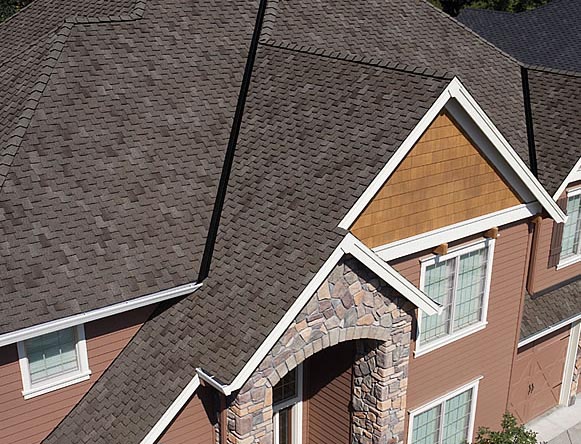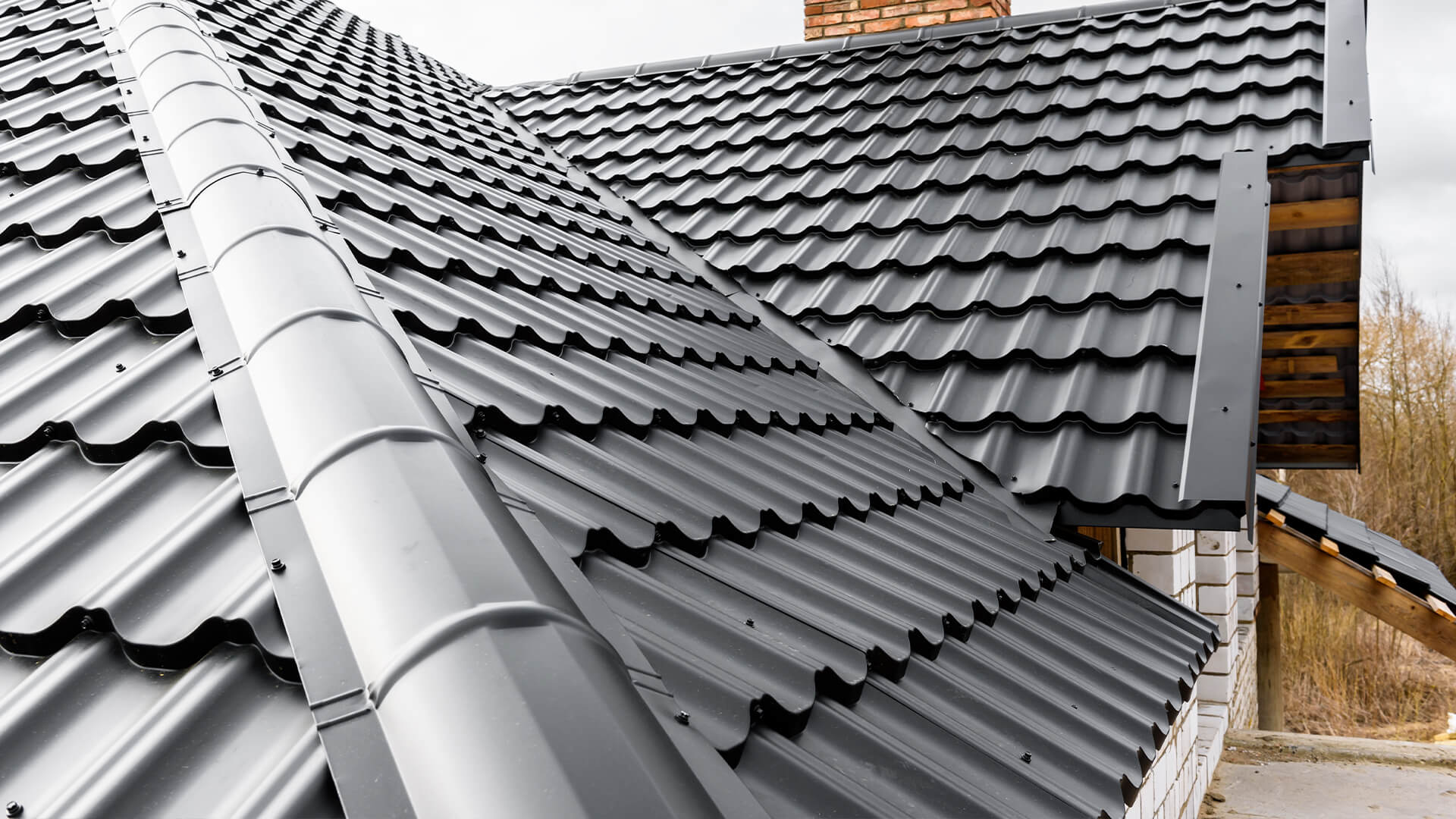Contrasting Costs Amongst Roofing Companies in Gainesville Florida
Contrasting Costs Amongst Roofing Companies in Gainesville Florida
Blog Article
Ideal Practices for Ensuring Correct Roof Ventilation
A well balanced consumption and exhaust air vent proportion, typically 1:300, plays a critical role, with intake vents preferably positioned at the reduced side of the roof covering for amazing air entrance and exhaust vents at the height for cozy air leave. Keeping insulation away from vents is essential to avoid air movement constraint.
Understand Air Flow Basics
Correctly recognizing air flow basics is necessary for ensuring the long life and effectiveness of roof systems. Reliable air flow minimizes moisture accumulation and temperature extremes in the attic room, both of which can lead to considerable structural damages over time. A well-ventilated roofing helps in preventing common issues such as mold and mildew development, timber rot, and ice dams, which can endanger the integrity of the roof covering materials and the underlying frameworks.
The main goal of ventilation is to assist in the activity of air, permitting a constant exchange in between the exterior and interior environments. This equilibrium is accomplished via a mix of consumption and exhaust vents that work together to maintain optimal airflow. Consumption vents, commonly located along the soffits or eaves, enable fresh air to go into the attic room room, while exhaust vents, commonly situated at or near the roofing ridge, make it possible for hot, humid air to escape.
Key factors affecting the performance of roof air flow consist of proper placement, adequate sizing, and making certain that both intake and exhaust vents are unblocked. Normal inspection and maintenance are vital to determine possible blockages, damage, or ineffectiveness in the ventilation system, therefore guarding the roofing's efficiency and toughness.
Types of Roofing Vents
Roof covering vents play a crucial function in preserving effective attic room ventilation and, by expansion, the general wellness of the roof covering system. Different kinds of roofing vents are available, each with one-of-a-kind advantages customized to details roof covering needs.

Soffit vents are mounted under the eaves and work in tandem with roof vents to make certain a well balanced intake and exhaust system. By enabling cooler air to enter from below, soffit vents help with the expulsion of hot air through top vents. Gable vents, located on the exterior walls of the attic, deal another effective option, particularly in homes with gable roof coverings.
Analyze Your Current Air Flow

Next, take into consideration the age and problem of your roof covering materials and air flow components. Older systems might not adhere to existing building regulations or may have deteriorated gradually, lowering their effectiveness. Conduct a detailed assessment to recognize any indicators of wear and tear, such as corrosion, damages, or gaps that might endanger the system's performance.
In addition, measure the attic room temperature level and moisture levels. Heats and moisture can show inadequate ventilation - gainesville roofing companies. Make use of their website a hygrometer Read Full Report and thermometer to acquire exact analyses, contrasting them with outside conditions. Persistent discrepancies recommend possible issues that need dealing with.
Setup Best Practices
Efficient installation of roof covering air flow systems is extremely important for guaranteeing optimum efficiency and longevity. Correct installation starts with comprehending the details ventilation requirements of the roofing system and the structure it covers. This entails determining the proper ratio of intake to wear down vents, normally adhering to the 1:300 policy, which specifies one square foot of air flow for every 300 square feet of attic flooring room.

Intake vents ought to be installed at the roofing's reduced edge, usually in the soffits, to permit amazing air to get in. Exhaust vents, on the other hand, ought to be set up near or at the roof covering's optimal to assist in the leave of warm, wet air.
Seal all vent connections carefully to stop air leakages and potential water infiltration. Usage high-grade materials and adhere to manufacturer guidelines to make sure sturdiness and performance. Additionally, incorporating ridge vents with baffles can dramatically boost air movement performance by stopping wind-driven rain and snow from getting in the attic room.
Eventually, exact installation of roof covering ventilation systems mitigates prospective issues such as mold and mildew growth, ice dams, and structural damages, making sure the roofing's honesty and the building's general health and wellness.
Regular Upkeep Tips
Consistency in maintenance practices is basic to ensuring the long-lasting efficiency of roof ventilation systems. Throughout these inspections, make certain that vents are totally free of debris, nests, and various other blockages that can hamper air flow.
Cleaning the vents is an additional vital job. Make use of a soft brush or a vacuum to remove dirt and debris from intake and exhaust vents. Beware not to harm the air vent screens or louvers during the process. Furthermore, inspect the attic area for any indicators of Read Full Report water damages, which can compromise the integrity of the roof covering system.
Appropriate insulation is just as crucial. Make certain that attic room insulation does not obstruct the vents, as this can significantly restrict air flow. Rearrange or replace it to maintain an effective barrier. if any insulation has shifted or settled.
Last but not least, replace any kind of harmed or missing elements immediately. Broken vents, cracked roof shingles, or deteriorated flashing can all add to inadequate ventilation and must be addressed without delay. Regular upkeep ensures that the roof covering air flow system functions efficiently, thus extending the life-span of the roofing itself.
Conclusion
Making sure correct roof covering air flow is vital for maintaining the effectiveness and resilience of a roof covering system. Adherence to the 1:300 consumption and exhaust vent proportion, coupled with the strategic placement of vents, is necessary. Routine semiannual examinations, particles cleansing, and ensuring insulation does not obstruct air flow are essential techniques. Applying these best practices will cultivate a well-ventilated roof, consequently minimizing possible concerns associated to moisture accumulation and extreme warm, ultimately lengthening the roofing's life expectancy.
A balanced intake and exhaust air vent ratio, typically 1:300, plays a crucial function, with consumption vents preferably placed at the reduced side of the roof for awesome air entry and exhaust vents at the height for cozy air departure. Consumption vents, normally situated along the soffits or eaves, enable fresh air to get in the attic room space, while exhaust vents, frequently located at or near the roofing system ridge, make it possible for hot, damp air to run away.
Soffit vents are mounted under the eaves and work in tandem with roofing system vents to make certain a balanced consumption and exhaust system. By allowing cooler air to get in from below, soffit vents promote the expulsion of hot air via top vents. Adherence to the 1:300 intake and exhaust vent ratio, combined with the strategic positioning of vents, is essential.
Report this page